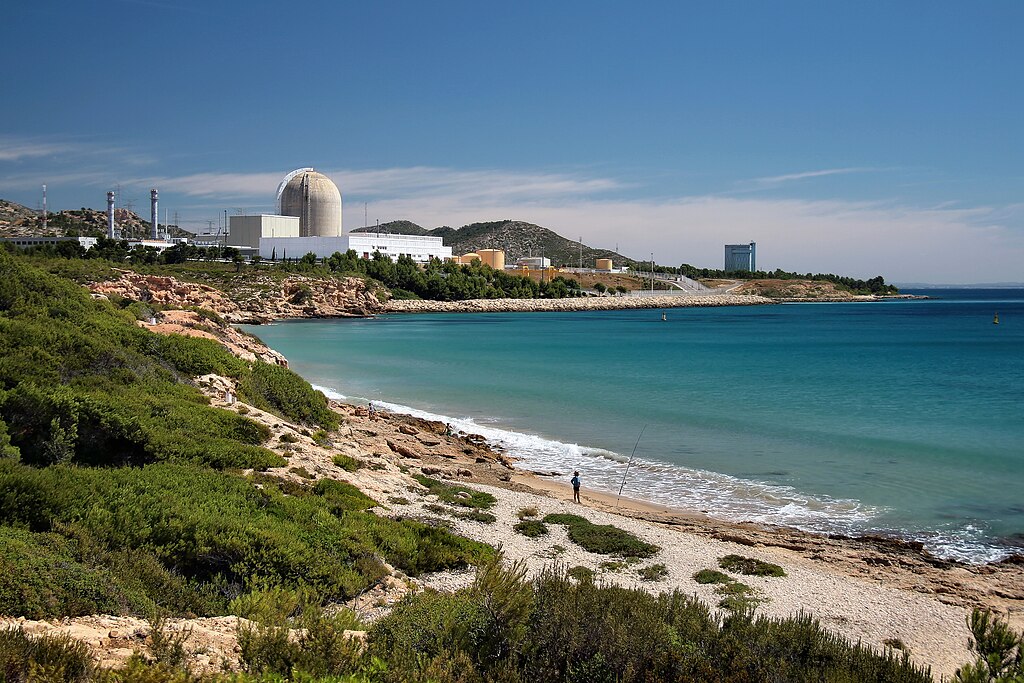
A Three-Decade Partnership for Nuclear Safety
Since the early 1990s, the International Centre for Numerical Methods in Engineering (CIMNE) has maintained a crucial partnership with the Ascó-Vandellós Nuclear Association (ANAV), demonstrating how advanced numerical modelling can ensure the safety of critical infrastructure while contributing to environmental sustainability.
This collaboration has been pivotal in extending the operational lifespan of nuclear reactors in Spain, providing emission-free energy while meeting the highest safety standards.
The Challenge
Nuclear power plants are designed with an operational lifespan of 40 years. However, with proper maintenance and continuous assessment, their useful life can extend beyond this initial period through what is known as Long Term Operation (LTO). ANAV faced a critical decision in 2020 when its facilities needed to renew operating licenses and prepare for LTO transitions: Ascó I in 2023, Ascó II in 2025, and Vandellós II in 2027.
This extension required rigorous scientific validation to ensure the continued structural integrity of the containment buildings, the critical barriers that prevent radiation release in case of accidents.
These processes, while relatively common, necessitate of a meticulously crafted action plan to adhere to stringent industry standards designed at safeguarding overall safety.
The Research Solution
CIMNE deployed cutting-edge numerical modelling techniques to address these complex challenges:
- Advanced Rheological Analysis: Using the PLCd code (PLastic Crack dynamic), CIMNE developed sophisticated models to understand how prestressed concrete in reactor containment buildings behaves over extended time periods.
- Seismic Resilience Assessment: Following the Fukushima incident in 2011, CIMNE created parallel computing tools to model soil-structure interaction during potential seismic events, generating floor spectra for over 600 critical safety-related control points.
- Failure Pressure Analysis: CIMNE’s comprehensive evaluations determined containment buildings could withstand minimum design failure pressures even with specific deterioration states.
The Impact: Energy Security with Environmental Benefits
The scientific rigor of CIMNE’s research has enabled tangible outcomes:
- Extended Operational Life: ANAV successfully renewed its license to operate from 2020 to 2030, with facilities transitioning into Long Term Operation.
- Environmental Contribution: During 2020-2023, ANAV prevented approximately 44 million tons of CO₂ emissions – equivalent to 34% of Spain’s total CO₂ emissions from electrical generation.
- Energy Security: ANAV now supplies an average of 56% of Catalonia’s energy and 10% of Spain’s emission-free energy.
- Economic Benefits: This collaboration has safeguarded 920 jobs at ANAV while enabling substantial R&D investment.
“ANAV prevented approximately 44 million tons of CO₂ emissions”
Global Recognition
The partnership’s achievements extend beyond Spain’s borders. CIMNE participated in international benchmarks such as Électricité de France’s (EDF) VeRCoRs project, where its numerical-experimental analysis validated the performance of nuclear containment structures.
The Spanish Nuclear Safety Council (CSN) and the International Atomic Energy Agency (IAEA) have verified and endorsed the analyses conducted by CIMNE, confirming their alignment with stringent international safety standards.
Looking Forward
As the world transitions toward cleaner energy sources, this collaboration exemplifies how targeted scientific research can yield significant technological and environmental benefits. By ensuring the safety and extending the life of nuclear facilities, CIMNE and ANAV are taking vital steps to energy security and climate change mitigation.
This enduring partnership demonstrates the real-world impact of advanced numerical modelling – providing solutions that balance safety, sustainability, and economic prosperity for a better tomorrow.





